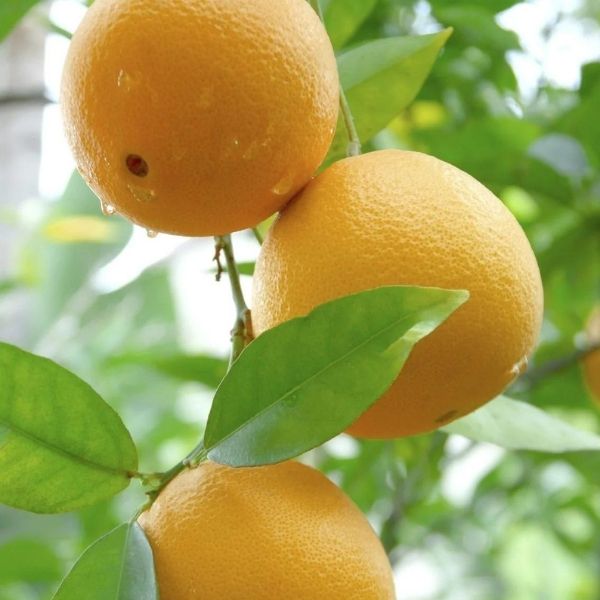Citrus species are a group of flowering plants in the Rutaceae family that includes various citrus fruits. They are native to central Indian and Southeast Asia. Citrus fruits are highly valued for their refreshing taste, nutritional content, and culinary uses.
Citrus sinensis (Sweet orange): This species includes popular orange varieties such as Navel, Valencia, and Blood orange. Sweet oranges are known for their juicy, sweet flesh and are commonly consumed fresh or used in juices, desserts, and various culinary applications.
Citrus limon (Lemon): Lemons have a bright yellow color and a sour, acidic taste. They are widely used in cooking, baking, and beverages for their tangy flavor and high vitamin C content.
Citrus × aurantium (Bitter orange): Bitter oranges have a sour and bitter taste and are primarily used for their zest or to make marmalades and liqueurs. They are also cultivated for their fragrant flowers, which are used in perfumes and herbal teas.
Citrus × bergamia (Bergamot orange): Bergamot oranges are small citrus fruits primarily known for their aromatic peel, which is used to flavor Earl Grey tea and various perfumes.
Other citrus species include Citrus medica (Citron), Citrus maxima (Pomelo), and Citrus micrantha (Kaffir lime), among others. Each species has its own distinct characteristics, flavors, and uses.
Citrus fruits are known for their high vitamin C content and are also a good source of dietary fiber, antioxidants, and various beneficial plant compounds. They are versatile ingredients used in cooking, baking, beverages, and even in non-culinary applications like essential oils and fragrance extracts.
